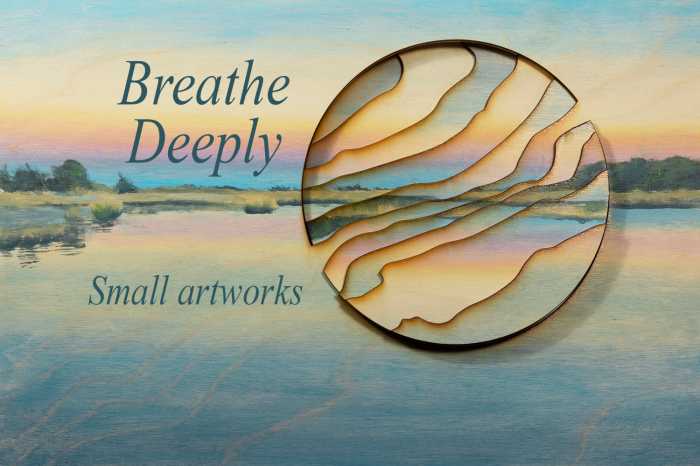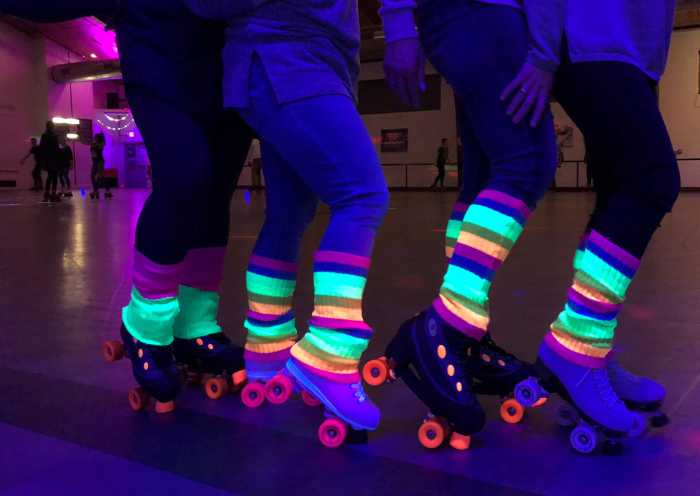Max Siegelman Discusses Father’s Racehorse Legacy, Siegelman Stable East Hampton Pop-up
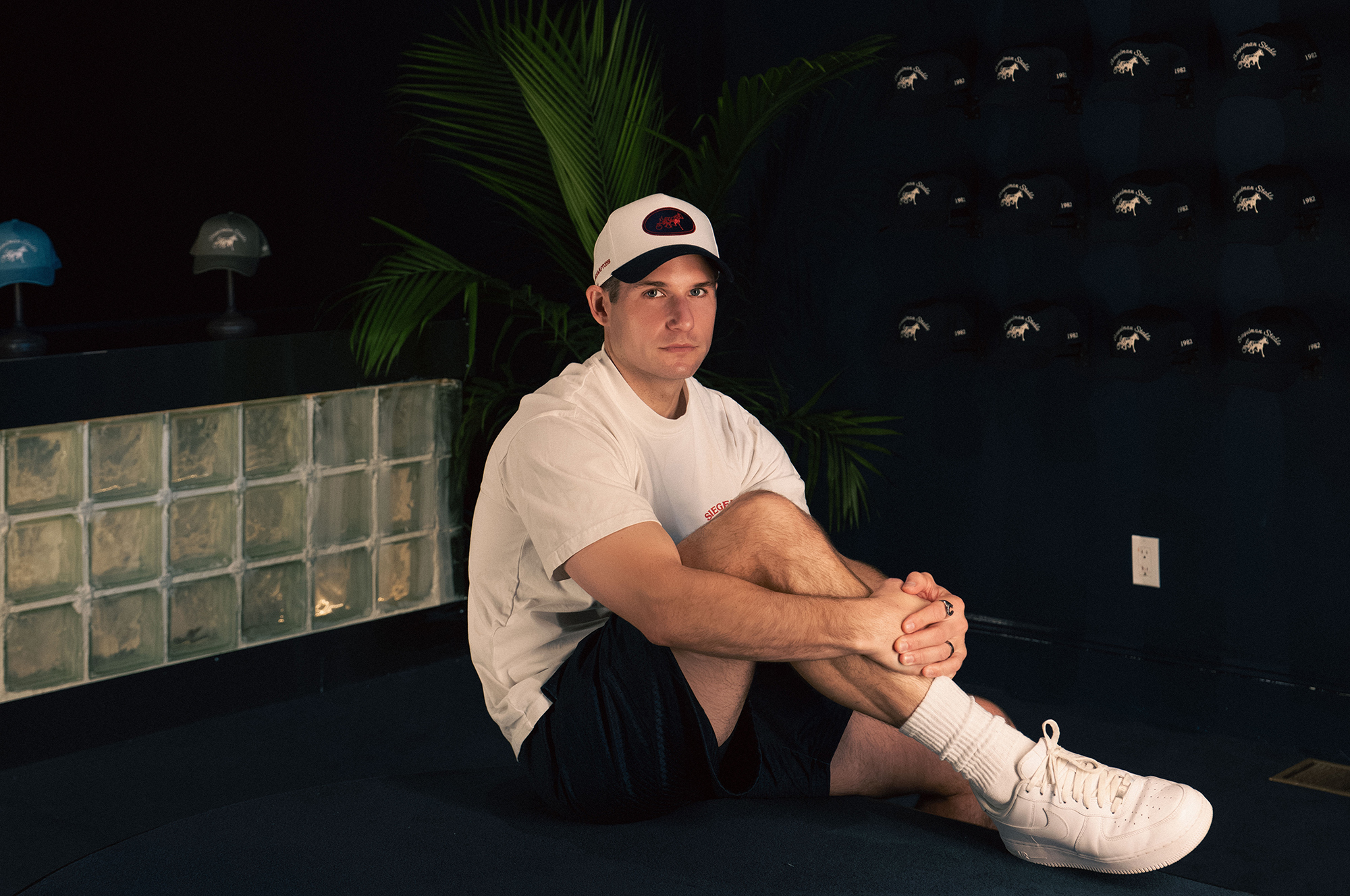
Max Siegelman will never forget the 4 a.m. drives from Long Island to South Jersey, where his father, Robbie, trained racehorses as the world woke up.
One might think, then, that Siegelman would have naturally followed his father into horse racing. That couldn’t be further from the truth. As much as he grew up around horses, Robbie tried to keep him out of it.
“Most people think I ride horses every day,” Siegelman told Dan’s Papers at Siegelman Stable’s recent East Hampton summer pop-up. “I’ve probably ridden a horse 12 times in my life.”
Siegelman forged a different path. He wanted to work in sports. He consulted with musical artists and athletes. During the pandemic, he began to tell Robbie’s story. He put the racing stable logo on hats and sweatshirts. He gave them to family and friends. It was just for fun.
Five years later, he’s built Siegelman Stable into a contemporary luxury fashion brand based in New York City, worn by the likes of Aaron Judge, Kendall Jenner, Dwyane Wade and Future. True to Robbie’s philanthropic legacy, the company donates a portion of its proceeds to equine therapy programs.
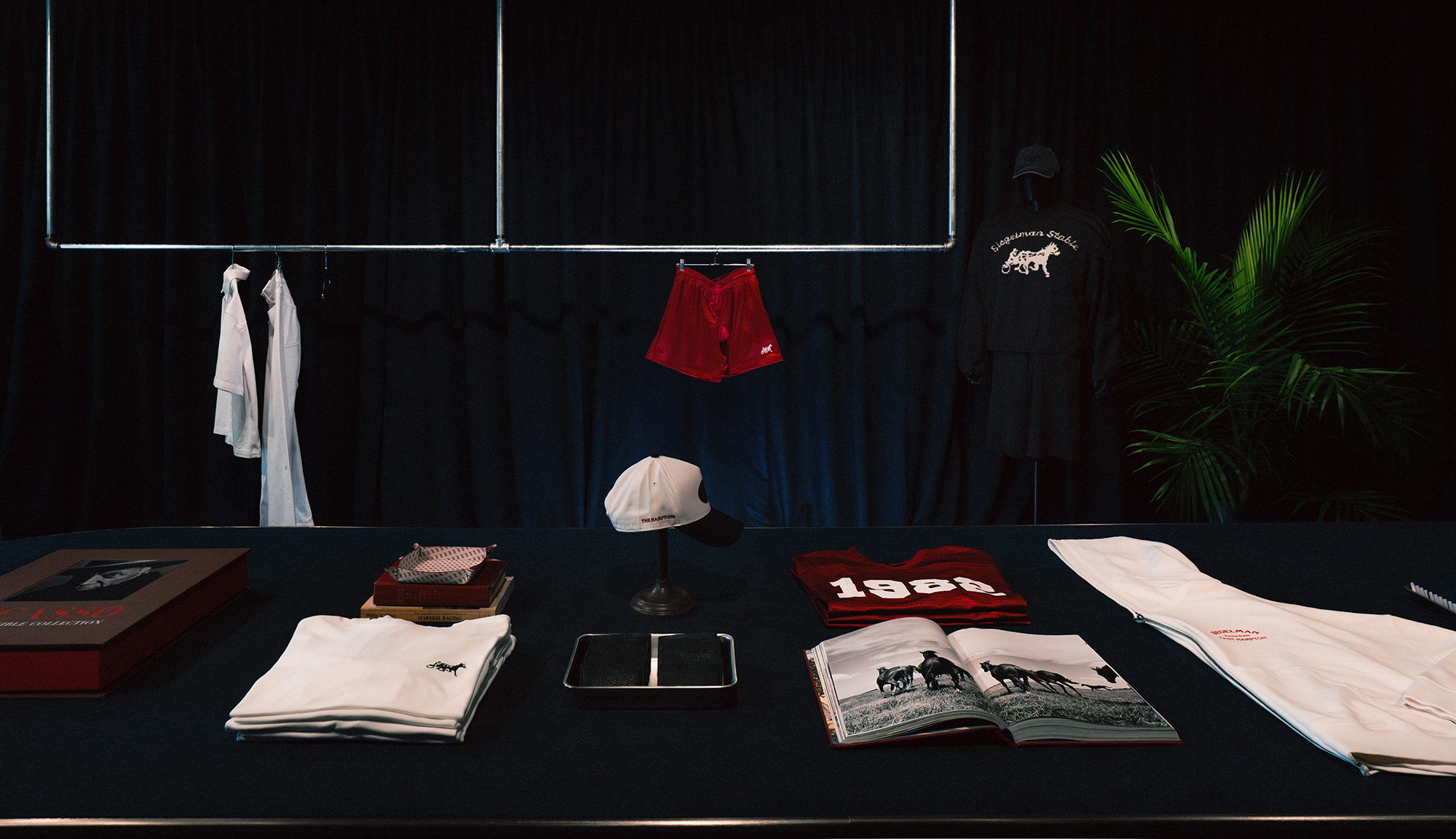
The East Hampton pop-up
Siegelman and his team spoke with a few days left at their pop-up, which ran from June 27 to July 20. Siegelman had been coming to the East End — mostly Montauk, he said — since he was a kid. He always loved spending his summers here.
Last summer, Siegelman, his brother and a few friends rented a place in the area. He and his fiancée were walking through the streets of East Hampton, past the brands that had storefronts in the town: Eric Emanuel, Madhappy, Louis Vuitton, Gucci. These were the brands he wanted to be associated with.
Siegelman Stable leans heavily into the pop-up model. They did one in SoHo last holiday season. Siegelman said he planned to open another one, back in the city, this time bigger and for much longer
Like many businesses that flourished during the pandemic, Siegelman Stable built a large part of its consumer base online, but Siegelman wanted to get his customers into a space where they could see and feel his products for themselves.
“It’s important for people to come and touch and feel our product and try on and feel the cuts, and understand what we’re building,” he said. “So they can become second- or third- time customers online.”
A family legacy
Asked what legacy meant to him, Siegelman spoke proudly of his family. While Robbie trained horses, his mother worked a decades-long career in sports media. Siegelman Stable blends both of his parents’ stories.
“We did a collaboration with Muhammad Ali a couple years ago,” Siegelman said. “And [my mother] worked at ABC Sports and ESPN for 45 years, and Muhammad Ali documentaries and TV shows and movies were a big part of her career. So having those things all come together is really cool, and being able to build something that lasts beyond just his career and his story, and being able to expand his story and everything that he did during his career couldn’t be cooler.”
Robbie began training horses in the 1970s. He then went to college and played soccer. He opted to train horses for a living instead of pursuing a professional soccer career. He began training race horses at Roosevelt Raceway. He opened his own racing stable in 1982, hence the year often embroidered or printed onto Siegelman Stable products.
“My mom incorporated my dad as Siegelman Racing Stable in 1982,” Siegelman said, “Which was sketchy when I first started doing this, because I wanted to put the year on the side of a hat. My dad’s like, ‘I think it’s 1987.’ My mom said that was incorrect, went down to the basement, found the paperwork. It was ‘82, so we were good.”
Siegelman’s mother created the brand’s two primary racehorse logos, which still adorn Siegelman’s product today.
“A lot of embroidery shops try to get me to change the file,” Siegelman said, “Because there’s so much overlap in detail, but I actually think that that’s what makes it so unique and different, and why people are attracted to it.”
The iconic Siegelman Stable hat, which Siegelman said remains the brand’s flagship piece, was one of the first two products he made during the pandemic. He made the hat in three colorways. He made a crewneck in two.
It began, like many brands and businesses, as an experiment.
“Like most brands,” Siegelman said, “Like Pyrex that Virgil [Abloh] started previous to Off White, was just printing and embroidering on blanks. Had no clue what I was doing, no background in fashion. And over the last couple of years, we’ve taken a lot of steps to improve our quality, improve how many SKUs we have.”
Siegelman Stable now has more than 50 cut and sew SKUs, and 99% of these, Siegelman says, are produced in the U.S.
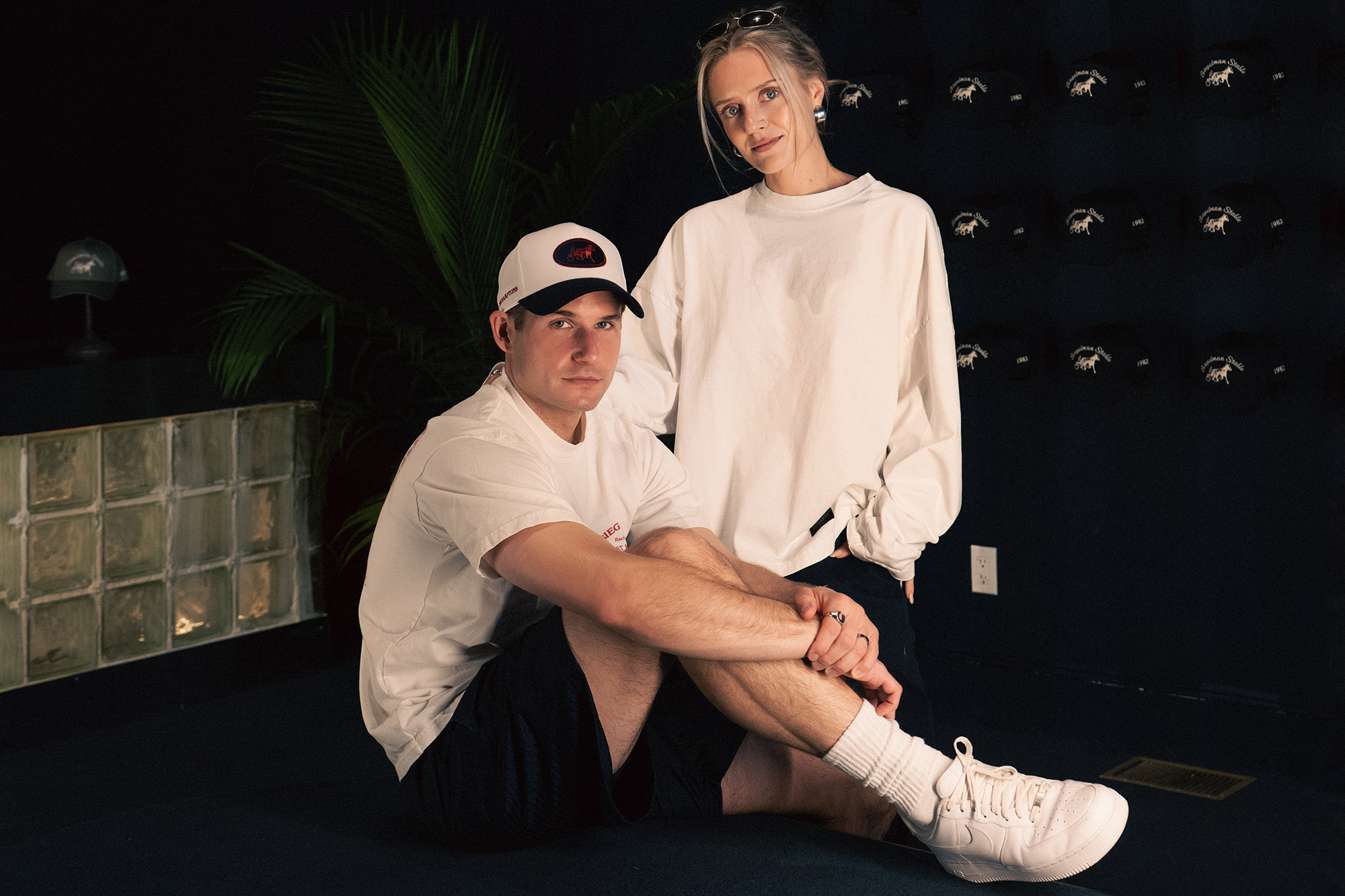
Vintage inspiration
Siegelman credits his fiancée, Karoline Spenning, the brand’s creative director, who has a background in fashion, for curating Siegelman Stable’s current offerings.
The brand embodies a 1980s luxury aesthetic. Many of its products are inspired by the era in which Robbie opened his stable: what people wore to the races and in the streets.
“Any time we work on a project, it’s always, ‘What did it look like in the ’80s? Is it a collaboration with a sports team? What did the players wear off the field, off the court?’” Siegelman said. “It starts with a sketch, then fabric colors, sampling — things change so often, what looks good, what doesn’t. So there’s a lot of ‘test and learn’ in all of it.”
That’s life as the owner of a fashion brand. Siegelman said his favorite part of the fashion business is seeing people rep his brand — and his family’s legacy.
“It’s just creating something from scratch,” he said. “Just as a brand, but specifically for fashion, being able to create pieces that people want to wear, one that they’re willing to buy, to wear it, but then creating something that people want to wear, people feel good in, and just seeing it out in the wild.”
See all the Siegelman Stable designs and more at siegelmanstable.com
View this post on Instagram






